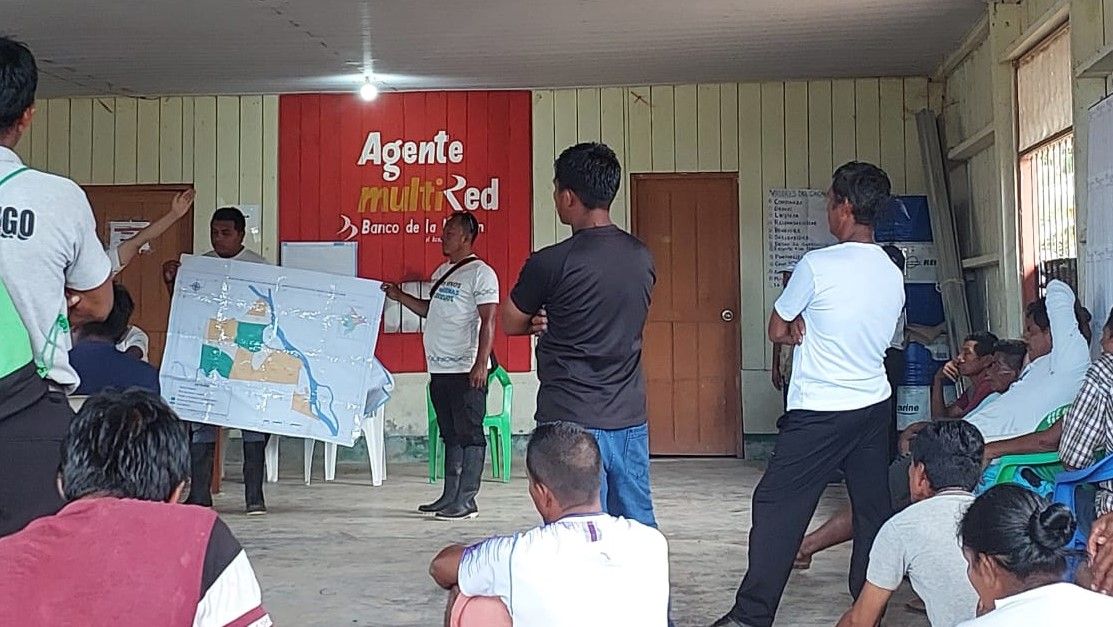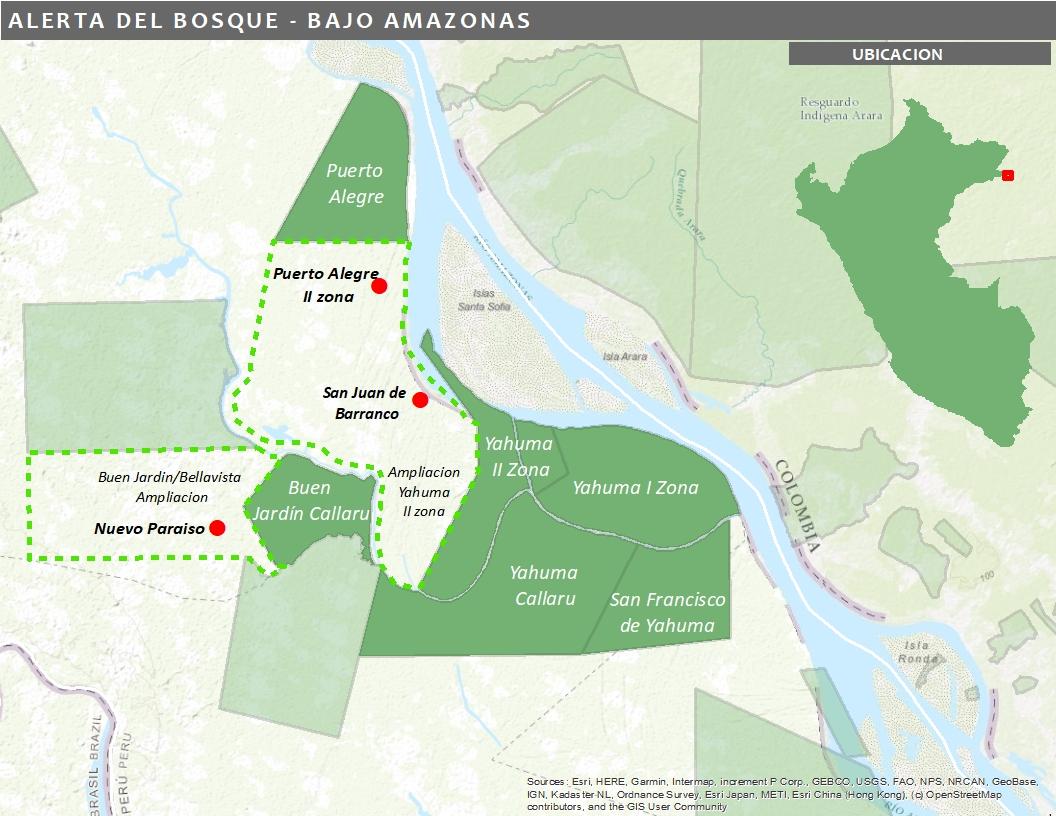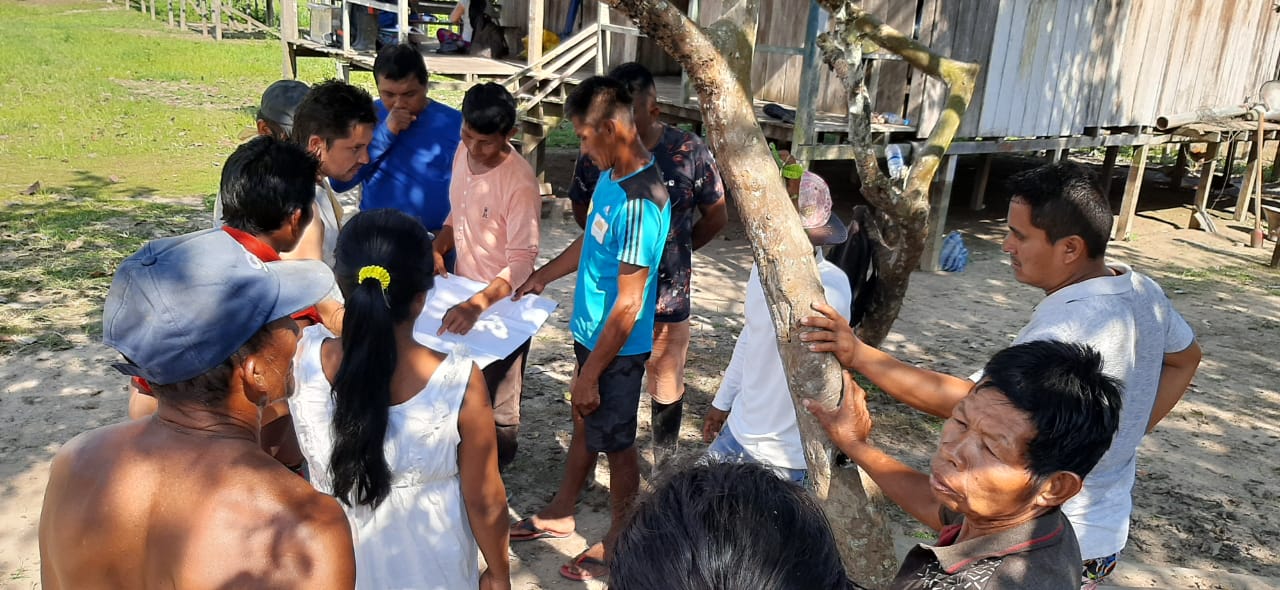100k+ acres of Indigenous land reclaimed, thanks to you.
How Tech-enabled rainforest protection empowers community-led solutions for the climate crisis.

Just the gist
Short on time? Here’s what you need to know for this update:
🪶 Reclaiming 115,891 acres of Indigenous Amazonian land — How Tech-enabled Rainforest Protection empowers community-led solutions for the climate crisis.
For more project updates, follow Wren on Twitter and Instagram.
The Indigenous communities supported by Wren are monitoring forests and receiving financial resources to purchase key amenities necessary to live a sustainable, healthy life. This includes the installation of solar panels for electricity, water filtration systems, communal boats, and agricultural equipment which can improve the quality of products coming from their local farms (chacras).
Now, the communities can decide for themselves what they need, rather than letting government institutions or foreign nonprofits decide for them. This makes it less likely to run into conflicts internally and with neighboring peoples.
You can read more about the program in a previous update, where we go into more detail about how Rainforest Alert works, and how it has led to an 84% decrease in deforestation—thanks to your support.

All eight Wren-supported communities in Bajo Amazonas, Peru participating in Rainforest Alert have reported successful decreases in deforestation. Four of them have used payments to help legally register their lands as indigenous territories, advancing their efforts to protect their rainforests.
Tech-enabled Rainforest Protection, alongside three local Indigenous titling programs (FECOTYBA*, ORPIO**, and AIDESEP***) have together:
- advanced the titling process for 2 communities for over 9,000 hectares (about 22,239 acres)
- strengthened the title of 5 communities for an additional 12,500 hectares (about 30,888 acres)
- updated the boundaries for 10 communities with a total of 25,400 hectares (about 62,764 acres)
To put it into context, 115,891 acres is about twice the size of Osaka, Japan. That’s a lot of reclaimed land that now has better legal protection!
*Federación de Comunidades Ticunas y Yaguas de Bajo Amazonas
**Organización Regional de los Pueblos Indígenas del Oriente
***Asociación Interétnica de Desarrollo de la Selva Peruana
Why is it important to title land?
Without defined land rights or “titles,” Indigenous territories are often sold and bought to agribusiness, mining or oil companies, threatening forests and Indigenous peoples’ livelihoods.
Unfortunately, the titling process is often riddled with bureaucratic and logistical barriers keeping them from legally claiming their territories. Trips to visit local officials are expensive and time consuming. Once they get there, local government offices can lack sufficient funding to adequately staff teams needed to draw territorial boundaries. Additionally, conflicts may arise between neighboring communities when it comes to determining who technically has rights to what lands.

Tech-enabled Rainforest Protection has proven to help mitigate some of these challenges by providing the technical tools and financial resources necessary to ensure land titles are secured. The community monitors of the program are trained with basic mapping skills so they can do much of the work themselves, without having to go through external contractors.
This head-start on recognizing land titles is essential, considering so much of the Amazon is threatened by extractive industries and deforestation, and untitled lands are the easiest targets for illegal actors, miners or agribusiness to exploit.
That's all for this update! As always, thank you for your support.
— the Wren team 🧡

